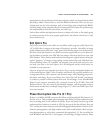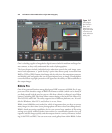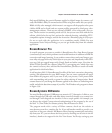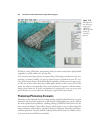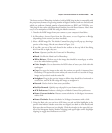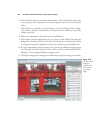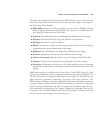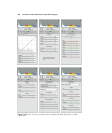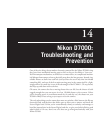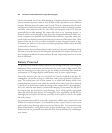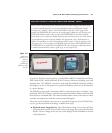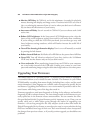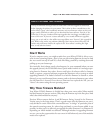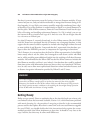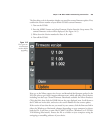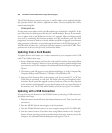
One of the nice things about modern electronic cameras like the Nikon D7000 is that
they have fewer mechanical moving parts to fail, so they are less likely to “wear out.”
No film transport mechanism, no wind lever or motor drive, no complicated mechan-
ical linkages from camera to lens to physically stop down the lens aperture. Instead, tiny,
reliable motors are built into each lens (and you lose the use of only that lens should
something fail), and one of the few major moving parts in the camera itself is a light-
weight mirror (its small size is one of the advantages of the D7000’s 1.5X crop factor)
that flips up and down with each shot.
Of course, the camera also has a moving shutter that can fail, but the shutter is built
rugged enough that you can expect it to last 150,000 shutter cycles or more. Unless
you’re shooting sports in continuous mode day in and day out, the shutter on your
D7000 is likely to last as long as you expect to use the camera.
The only other things on the camera that move are switches, dials, buttons, the flip-up
electronic flash, and the door that slides open to allow you to remove and insert the
Secure Digital card. Unless you’re extraordinarily clumsy or unlucky and manage to
bend the internal pins in the Secure Digital card slot, or give your built-in flash a good
whack while it is in use, there’s not a lot that can go wrong mechanically with your
Nikon D7000.
14
Nikon D7000:
Troubleshooting and
Prevention



